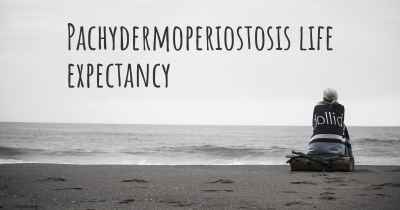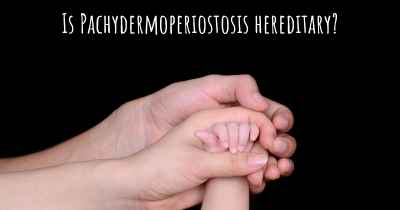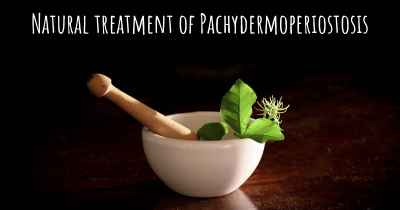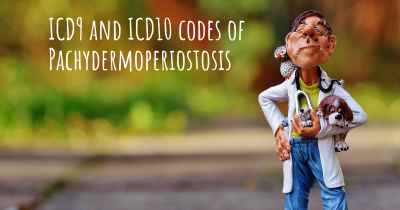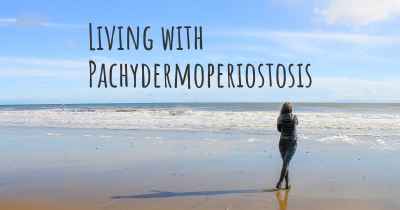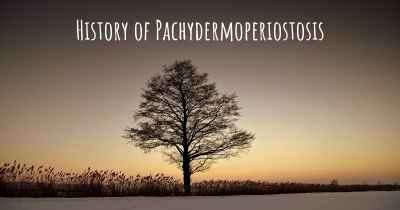Pachydermoperiostosis diet. Is there a diet which improves the quality of life of people with Pachydermoperiostosis?
Are you aware of a diet that can improve the quality of life of people with Pachydermoperiostosis? Is there a diet that is suggested to avoid when having Pachydermoperiostosis? See if there is a diet that can improve the quality of life of people with Pachydermoperiostosis, recommended and to avoid food when having Pachydermoperiostosis
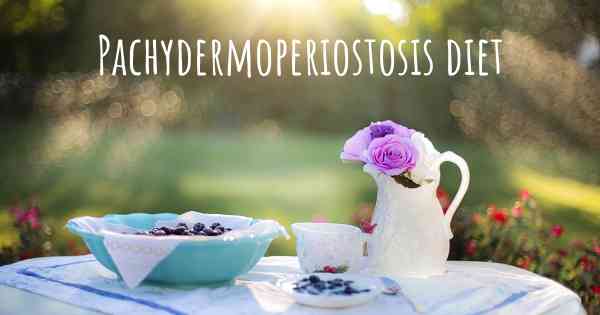
Pachydermoperiostosis Diet: Improving Quality of Life
Pachydermoperiostosis, also known as primary hypertrophic osteoarthropathy, is a rare genetic disorder characterized by thickened skin, clubbing of the fingers and toes, and abnormal bone growth. While there is no specific diet that can cure or reverse the condition, adopting a healthy and balanced eating plan can help improve the overall quality of life for individuals with Pachydermoperiostosis.
1. Anti-inflammatory Foods
Since Pachydermoperiostosis involves inflammation of the bones and tissues, incorporating anti-inflammatory foods into the diet can be beneficial. These include:
- Fatty Fish: Rich in omega-3 fatty acids, fish like salmon, mackerel, and sardines have anti-inflammatory properties.
- Colorful Fruits and Vegetables: Berries, leafy greens, tomatoes, and bell peppers are packed with antioxidants that combat inflammation.
- Healthy Fats: Avocados, olive oil, and nuts provide monounsaturated fats that help reduce inflammation.
- Whole Grains: Opt for whole grain bread, brown rice, and quinoa instead of refined grains to lower inflammation.
2. Nutrient-Rich Foods
A well-rounded diet that includes a variety of nutrients is essential for managing Pachydermoperiostosis. Focus on the following:
- Calcium and Vitamin D: Consume dairy products, fortified plant-based milk, leafy greens, and sunlight exposure to support bone health.
- Lean Protein: Incorporate sources like poultry, fish, legumes, and tofu to aid in tissue repair and growth.
- Iron: Include iron-rich foods such as lean red meat, beans, spinach, and fortified cereals to prevent anemia.
- Vitamin C: Citrus fruits, strawberries, kiwi, and broccoli are excellent sources of vitamin C, which aids in collagen production and wound healing.
- B Vitamins: Whole grains, eggs, dairy, and leafy greens provide B vitamins that support overall health.
3. Hydration and Avoiding Triggers
Staying hydrated is crucial for individuals with Pachydermoperiostosis. Drinking an adequate amount of water throughout the day helps maintain joint and skin health. Additionally, it is important to identify and avoid any triggers that may worsen symptoms. These triggers can vary from person to person but may include certain foods, alcohol, smoking, or environmental factors.
4. Collaborate with Healthcare Professionals
While diet plays a significant role in managing Pachydermoperiostosis, it is essential to work closely with healthcare professionals, such as doctors and registered dietitians. They can provide personalized advice, monitor your condition, and make necessary adjustments to your diet plan based on your specific needs and medical history.
Note: It is important to remember that while a healthy diet can improve the quality of life for individuals with Pachydermoperiostosis, it is not a substitute for medical treatment. Always consult with your healthcare team for comprehensive care.
